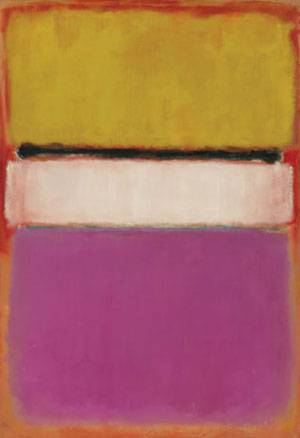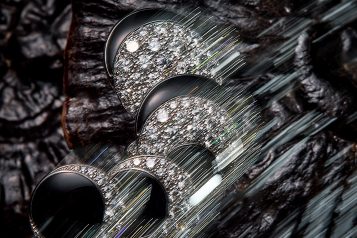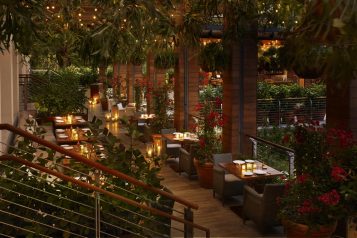Coppola produces more classics, although this time without a camera.
By Tobey Grumet Segal
The new Rubicon 2003, though 95% Cabernet Sauvignon, is a summation of the estate’s varietals.
Movie buffs may be wondering what happened to Francis Ford Coppola; it’s been years since the famed director has been behind the camera. But oenphiles know that his talents have simply been honed in a different direction: wine making. In 1975, Coppola purchased the famed Inglenook wine estate, founded in 1880 by Gustave Niebaum, located in the lush Napa Valley area of Rutheford, one of the premier Cabernet Sauvignon growing regions of California.
Coppola immediately went to work restoring the property, with a goal of creating California wines that are comparable to the great vintages produced in France, Germany, and Spain. In the restoration, no expense was spared, as it took 20 years to reunite the original vineyards, and restore winemaking to the historic chateau.
An assortment of grapes are grown at Rubicon, including Merlot, Cabernet Frac, Petit Verdot, and the crown jewel: Clone # 29 Cabernet Sauvignon. Recent laboratory analysis has confirmed that this grape is made of the same genetic material as the vines Niebaum originally brought back from France in the 1800’s.
This grape is used to create Coppola’s flagship wine, Rubicon. The name comes straight from the Ceasar days of Rome, when the term ‘Crossing the Rubicon’ meant the ‘Point of No Return’. The new Rubicon 2003, though 95% Cabernet Sauvignon, is a summation of the estate’s varietals. Using only 100% organically-farmed grapes from the estate’s vineyards, the vineyard utilizes labor intensive practices, such as hand-picking the grapes, and sorting them manually to weed out broken stems and other imperfections. The result is a quality product that has been nurtured every step from vine to bottle. The wines are aged in a new 16,000 square foot cave, which allows the wine to age at optimum conditions. The result is an award-wining vintage with main characteristics of sour cherries and violets, both of which are evident in the first scent of the 2003, along with a hint of sweet vanilla. The palate yields ripe, almost candied fruit and a note of warm spice. Finally, the wine produces a long finish with just a suggestion of French oak, thanks to the new 100% oak barrels at Inglenook. For roughly $110 per bottle, this is the perfect addition to any growing wine collection.




















